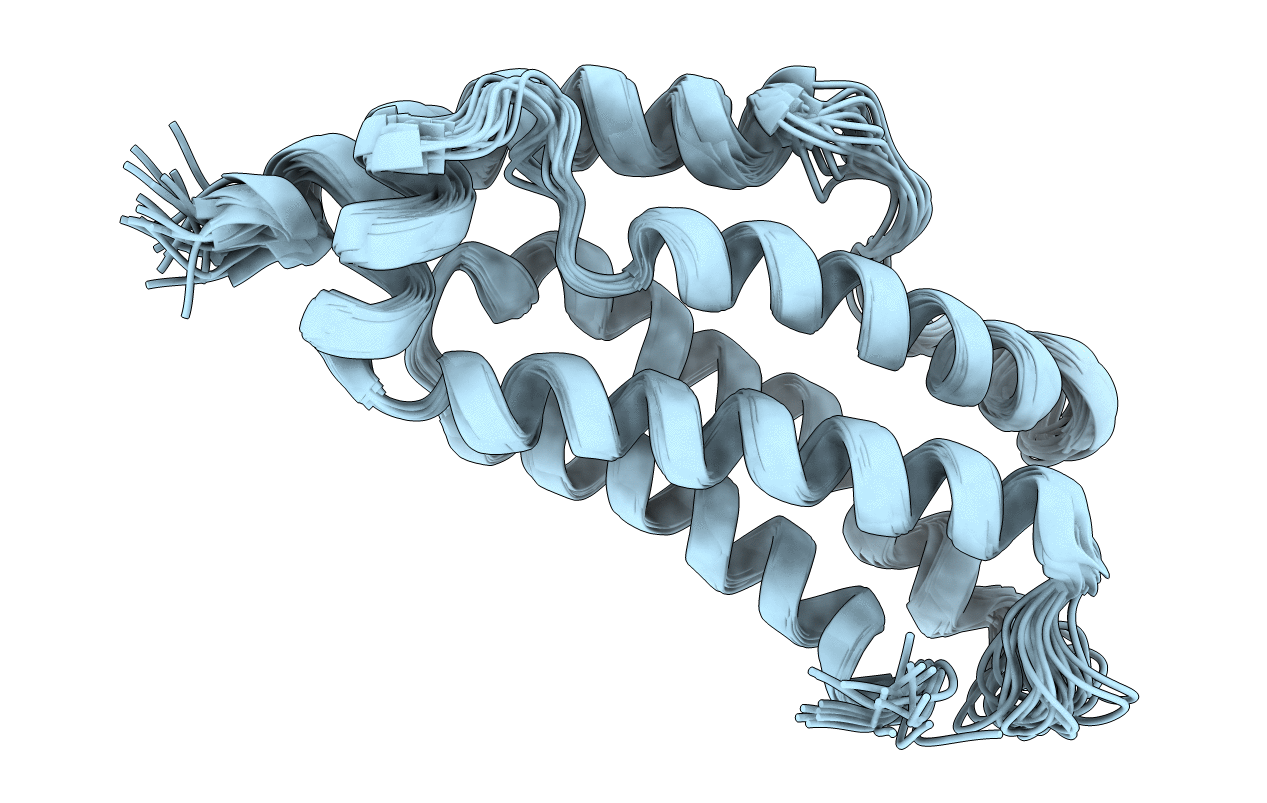
Deposition Date
2020-06-30
Release Date
2020-12-16
Last Version Date
2024-06-19
Entry Detail
PDB ID:
6ZLE
Keywords:
Title:
Solution structure of unliganded MLKL executioner domain
Biological Source:
Source Organism:
Homo sapiens (Taxon ID: 9606)
Host Organism:
Method Details:
Experimental Method:
Conformers Calculated:
100
Conformers Submitted:
20
Selection Criteria:
target function


